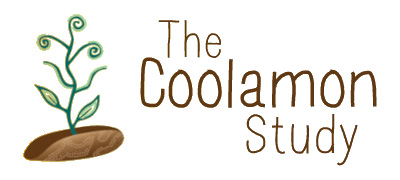About The Coolamon Study
Aboriginal and Torres Strait Islander health’ means “not just the physical well-being of the individual but the social, emotional, and cultural well-being of the whole community. This is a whole-of-life view and it also includes the cyclical concept of life-death-life”.
-(National Aboriginal health Strategy Working Party 1989, National Aboriginal Health Strategy).
Our mission
Our mission is to change the life trajectories of Aboriginal and Torres Strait Islander children who experience a severe burn injury and access healthcare.
We aim to transform burn care via our research so that it is more equitable and accessible to Aboriginal and Torres Strait Islander families across Australia. Co-designed with Community, focusing on health care systems, healthcare professionals, economics, and most importantly, family experiences, the research from the Coolamon Study will results in changes that impact on those children and families requiring access to healthcare for a burn injury into the future.
Background
The Coolamon Study is funded by a project grant from the National Health and Medical Research Council and led by Professor Rebecca Ivers.
Awarded in 2014, the five-year work program began to examine the care received by Aboriginal and Torres Strait Islander children and describe the relationship between the care delivered and outcomes as well as the barriers and facilitators of receiving appropriate, ongoing care.
The study now continues in the translation phase.
Why the Coolamon Study?
Burn injury can be serious, causing life-long scarring and severe psychological trauma.
Having consistent access to high quality and safe care is crucial to achieving good outcomes. However, well known barriers exist to accessing high quality and safe tertiary and primary care for Aboriginal and Torres Strait Islander children.
To date, there has been no work that examines the care received, or its impact on outcomes of burn care in Aboriginal and Torres Strait Islander children.
The Coolamon Study will generate high quality research evidence to fill this gap.
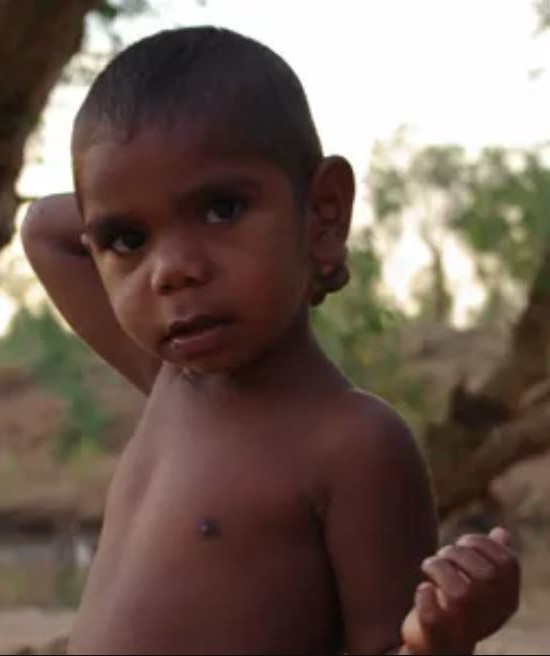
Aboriginal and Torres Strait Islander children are hospitalised for burns and scalds twice as often as other children.
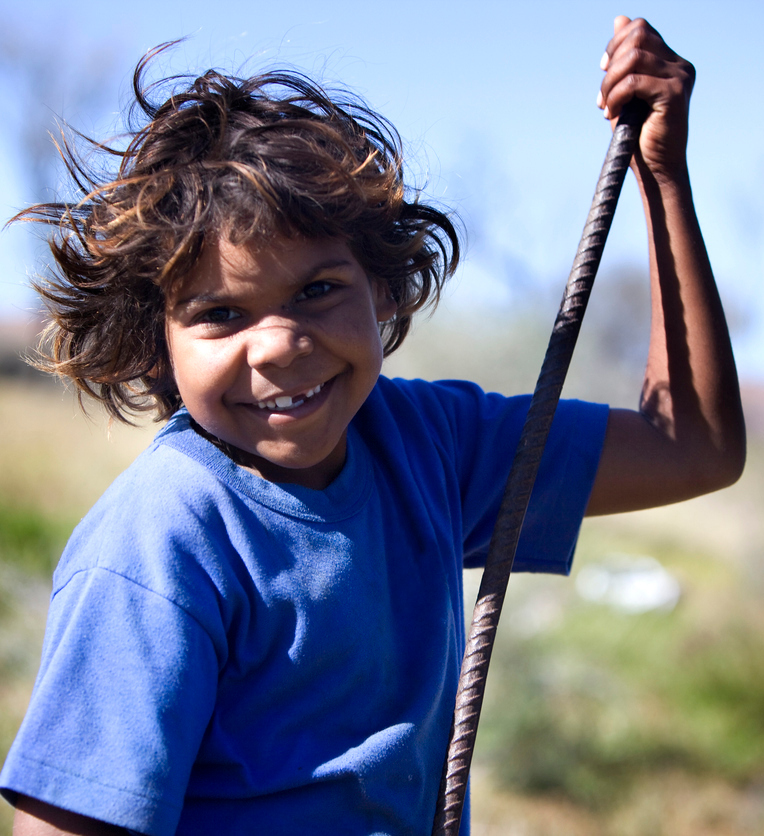
The study follows Aboriginal and Torres Strait Islander Children who access a tertiary burn unit following a serious burn injury, across New South Wales, Queensland, South Australia and the Northern Territory
What we aim to do?
We aim to understand burns in Aboriginal and Torres Strait Islander Children: treatment, access to services and outcomes.
What we’ve done so far?
- We’ve heard the stories, interviewed and yarned with about 205 parents and families
- We’ve talked to more than 80 clinicians
- We have reviewed burns data over a decade (over 4000 children)
- We’ve reviewed about 170 clinical records – only 35 more to go
- We’ve reviewed Models of Care for burns from around the world
- We’ve observed patient-parent/carer-burn care provider triads
Why the study is called ‘Coolamon’?
Our research to understanding burn care for Aboriginal and Torres Strait Islander Children was named the 'Coolamon Study' and uses a pictorial representation of a Coolamon as it was used by Aboriginal mothers for generations to hold and protect their children just as families whose child has sustained a burn injury hold and protect their child today.
What is a Coolamon?
Coolamon were primarily used by Aboriginal and Torres Strait Islander women to carry tools, babies or food, and depending on its shape, used to carry water. Another use of the Coolamon was for digging. In dryer areas, collected seed were tossed in the air from the Coolamon to allow the wind to blow away the husks.
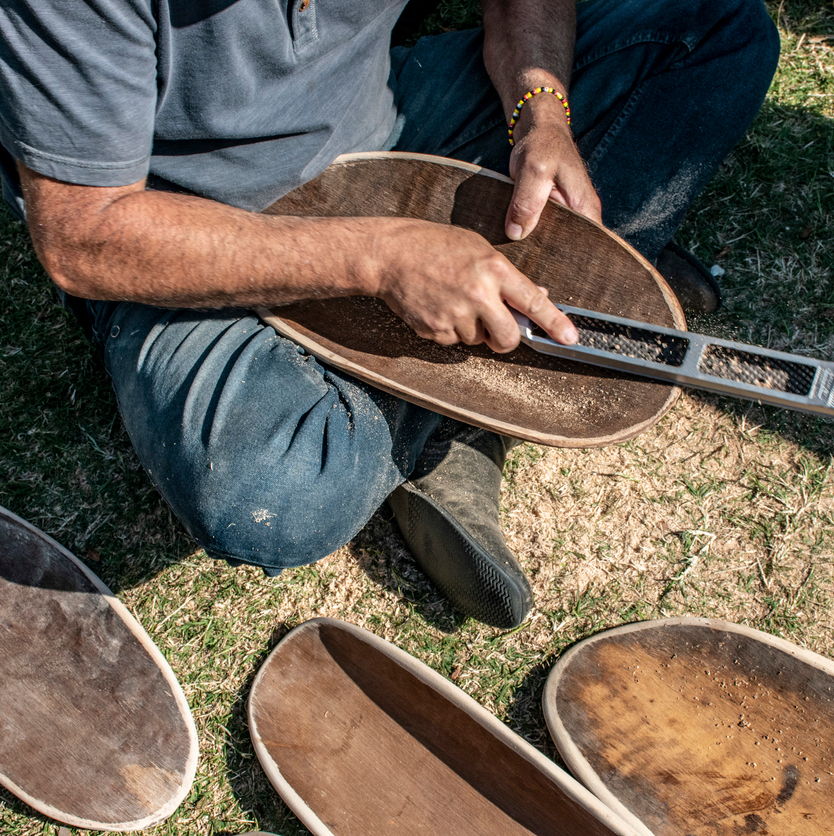
Coolamon carved from a piece of the outer bark of a tree trunk in the intended shape were most common.
Aboriginal and Torres Strait Islander Health Program
Improving the health of Aboriginal and Torres Strait Islander populations is a major priority for The George Institute. We work in partnership with Aboriginal communities, research organisations and other key stakeholders in Aboriginal and Torres Strait Islander health to conduct high quality research that delivers meaningful impact.
The George Institute for Global Health
Challenging the status quo in healthcare delivery, treatment and prevention to find solutions, our mission is to improve the health of millions of people worldwide by improving health and wellbeing through community driven research and partnerships with Aboriginal and Torres Strait Islander communities, health services, policy makers and other key stakeholders.
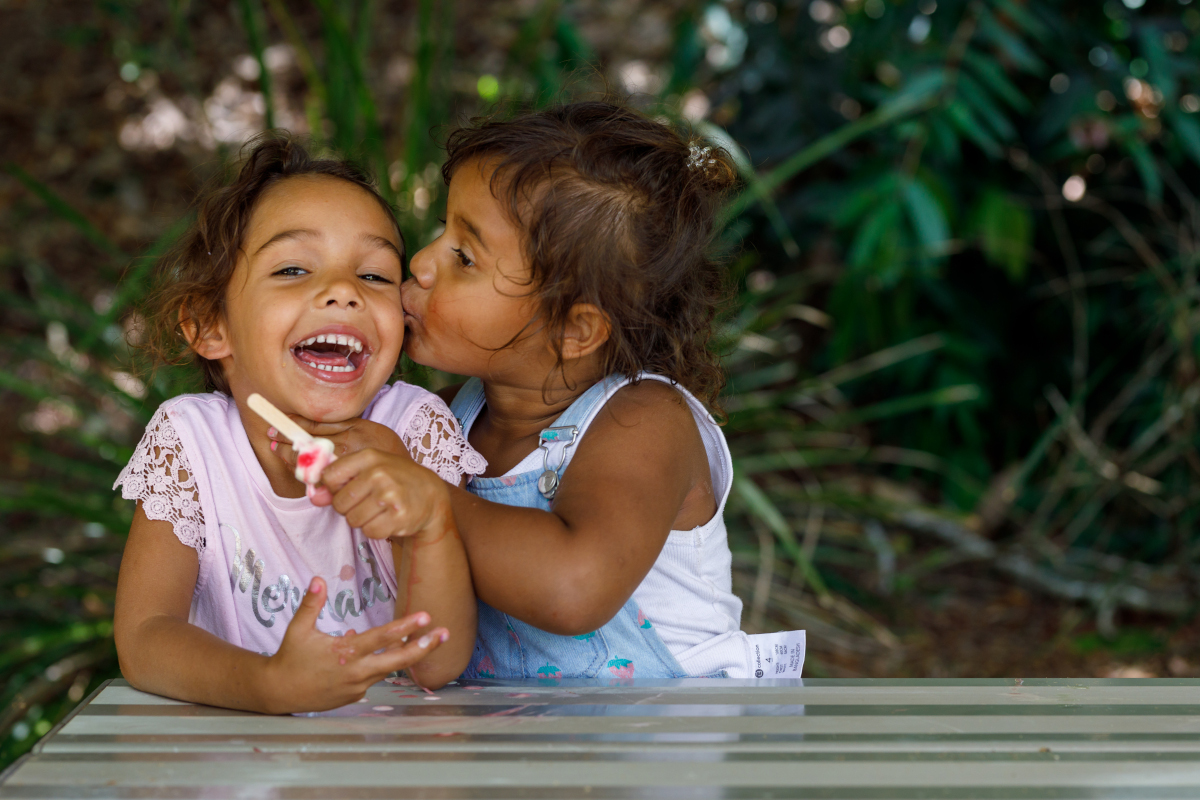
Study sites
The five participating sites involved in the Coolamon Study are:
